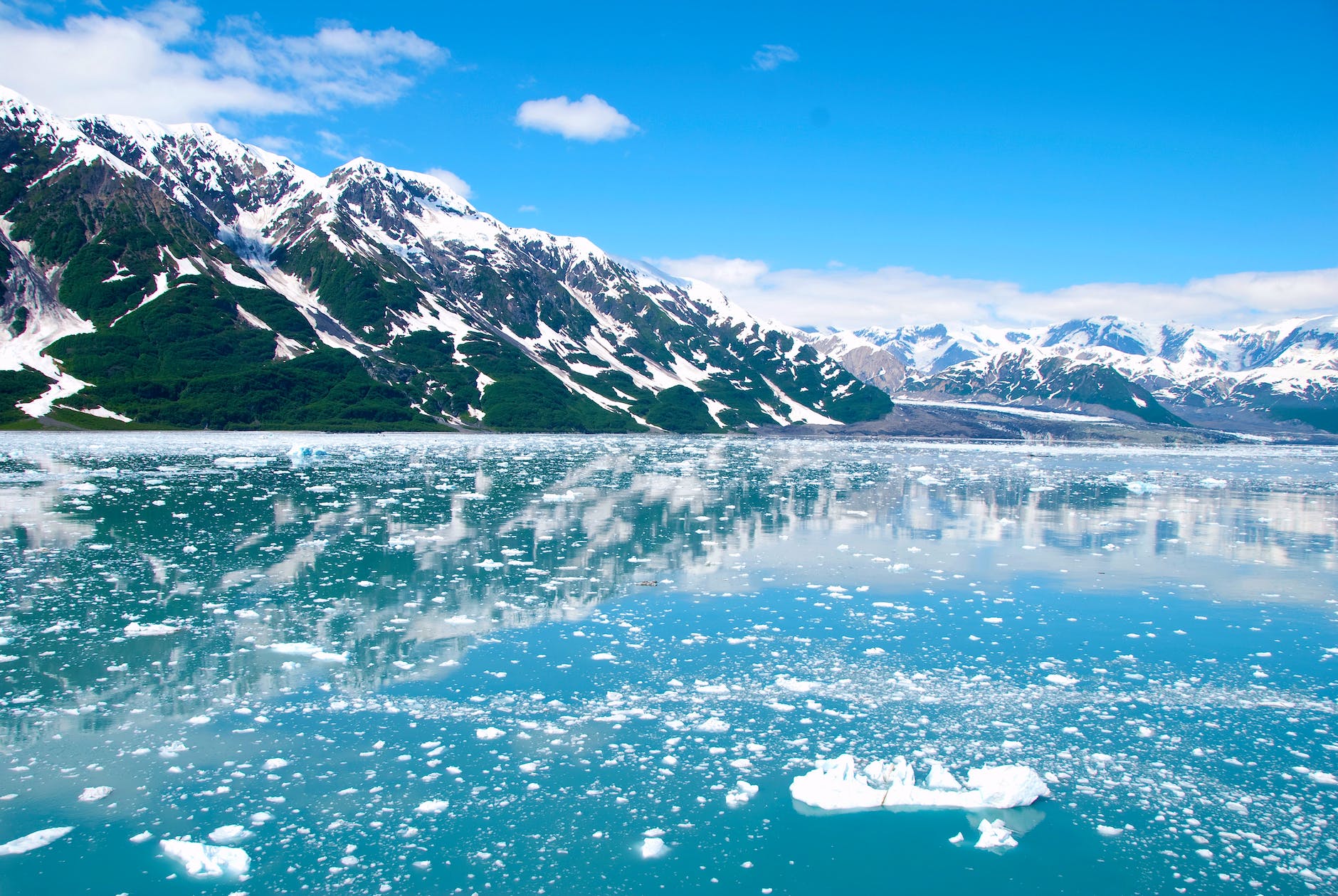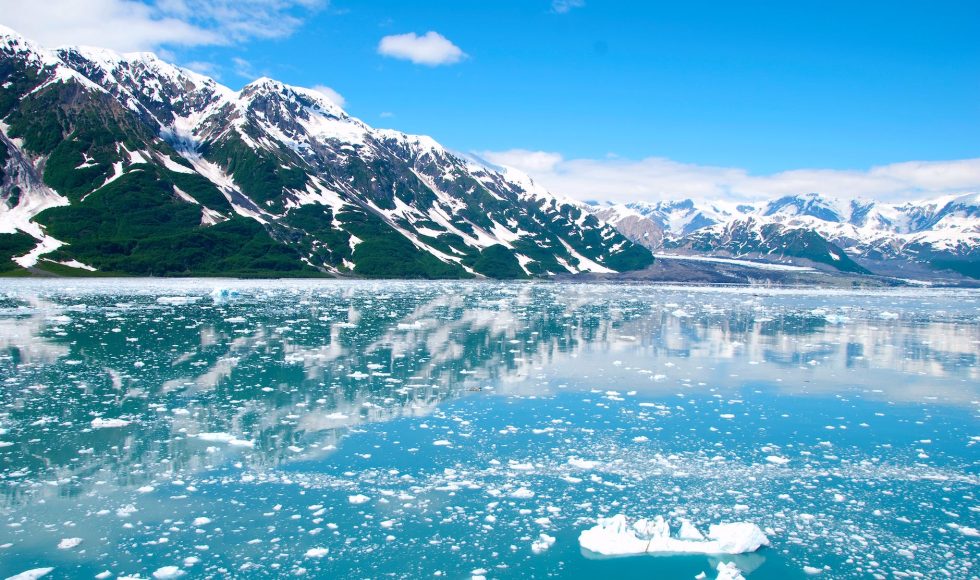Eric Bortz is a professor at the University of Alaska Anchorage. Bortz presented at London Calling on “MinION Below Zero: sequencing microbes and marine mammals, birds, and the Alaskan coastal environment from low-quality samples, including whale snot”! What a title! I watched this session today to learn about the variety of samples they are sequencing. Bortz spoke about the Arctic environment and climate change. The Bortz lab has studied the human impact on diversity and emerging pathogens. Bortz and colleagues are sampling whales using drones! One project focuses on avian influenza by sampling the Northern fulmar birds. The team has also simplified RT-MDA amplification of total RNA in low-quality samples. This protocol uses the REPLI-g kit and then the LSK 109 kit. With Kraken, they search the fulmar lung tissue microbiome for potential viral sequences. The team has also sequenced influenza viruses. The samples include seals and whales. With MinION sequencing, the Bortz lab discovered a new avian influenza virus in whales. They have used drones to sample whales, too! The whale respiratory vapor metagenomics is very intriguing! I learned that the REPLI-g MDA process is helpful for degraded or low-yield samples.



